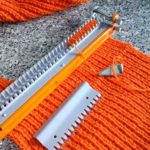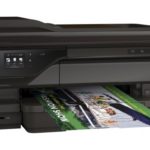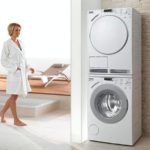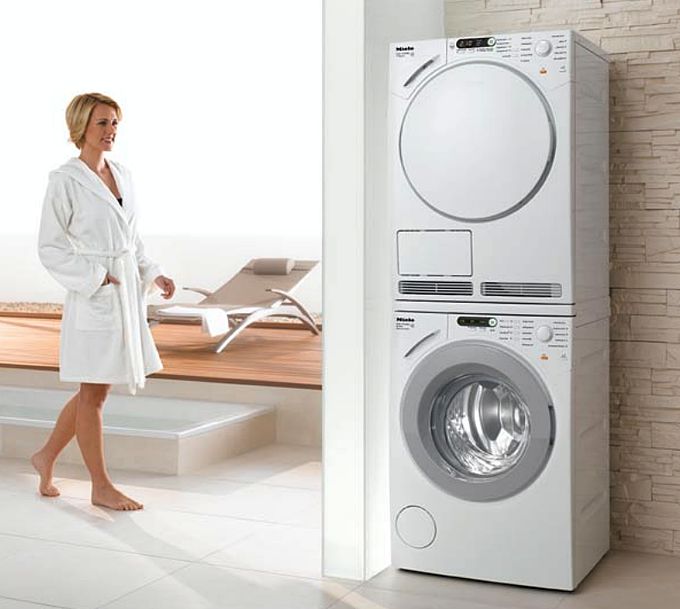Connecting the dryer
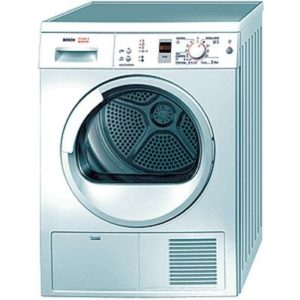 A dryer is a household appliance that is designed to quickly and comfortably dry wet things. Externally, this device is very similar to a standard washing machine, with the exception of the absence of washing modes and the presence of drying modes.
A dryer is a household appliance that is designed to quickly and comfortably dry wet things. Externally, this device is very similar to a standard washing machine, with the exception of the absence of washing modes and the presence of drying modes.
There are several types of this device:
- Drying cabinet;
- Drum type.
A closet is more difficult to use and will require hanging washed items in special places for drying (this must be done manually). The process of removing excess moisture from the fabric occurs due to fans that supply air to the chamber. The process also uses heating elements for the air itself - air (electric) heaters. For this type, a connection to a sewer is not necessary. A standard spin mode will be enough or you can do it manually, after which things can be moved to the drying cabinet.
Drum type - similar to the operating principle and design of a cabinet, with the exception of the key element - the presence of a drum for things. This drum promotes faster drying and allows better penetration of hot air into the fabric. Also, the drum type allows you to reduce the need for subsequent ironing of things.
Thanks to special programs for rotation, things do not wrinkle.For the drum type, connection to the sewer is also not necessary, but it is more preferable if you do not have the opportunity to load things that have been wrung out from moisture, and then pour unnecessary water from reservoirs to collect it.
The type of drying can be divided into:
Condenser. Heated air, together with water, condenses on special elements inside the device and flows into special containers. This water no longer ends up on things, but is extracted (manually or down the drain) from the drying process. It is better not to water your house plants with this liquid - it may contain substances from washing powder that are harmful to plants.
Ventilation. The heated air carries the “humidity” outside the car. This is the simplest drying method, but it requires sufficient ventilation and can spoil the surrounding area with excess moisture.
Some models have additional elements - these are infrared lamps that disinfect laundry, an air ionizer that makes things safer for human health, and others. All these elements are additional (minor) and only enhance and bring comfort to the basic principle of operation.
The content of the article
How to connect a dryer
Independent connection to sewerage and power supply, or with the help of a specialist?
IMPORTANT! If you decide to connect your dryer to sewerage and power, you need to think carefully about the installation process.
An experienced master will be able to guarantee the quality of the work done, complete the work quickly and give the necessary recommendations for operation that will protect you from breakdowns. However, this will require spending personal time searching and ordering a master, and will require spending money to pay for his work. You need to seek the help of a professional when you have no idea how to connect the device.
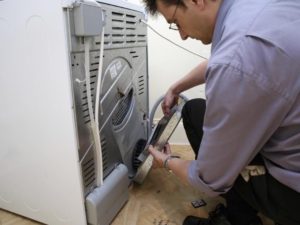 Do-it-yourself installation is a viable option if you have even limited plumbing and construction skills. The laundry machine is connected in the standard way: using a special drainage system, connected to the sewerage system, power supply - installation is carried out in the standard way (install an outlet nearby or use a carrier). Ready.
Do-it-yourself installation is a viable option if you have even limited plumbing and construction skills. The laundry machine is connected in the standard way: using a special drainage system, connected to the sewerage system, power supply - installation is carried out in the standard way (install an outlet nearby or use a carrier). Ready.
What tools are needed?
To connect, you need not only to know how the dryer is connected, but also to have the following tools:
Knife
Using a knife, you can cut the drainage system to the required length. The drainage system can be sold separately or come together with the dryer. When purchasing it yourself, make sure of the quality of the product.
Drainage clamps
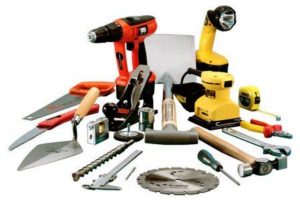 Sold at any hardware store. They are a metal strap with a tightening locking mechanism.
Sold at any hardware store. They are a metal strap with a tightening locking mechanism.
Screwdriver
Necessary for the tightening mechanism for fixing the drainage clamp.
With such a small set of tools, you can carry out the installation process yourself!
Do I need to connect the dryer to the sewer?
Modern dryers offer flexibility for this solution. Sewer connection is optional.It is only necessary to monitor the filling level of water tanks (if any) and regularly manually drain the liquid.
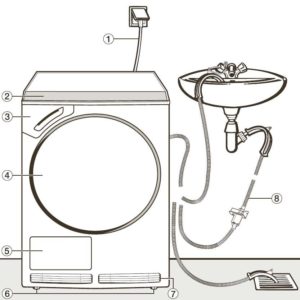
The sewage system should be connected to the dryer to increase the comfort of its use. This will allow you not to worry about the moisture that is present in wet things - it will go down the drain. If there is a connection option, take advantage of it!

